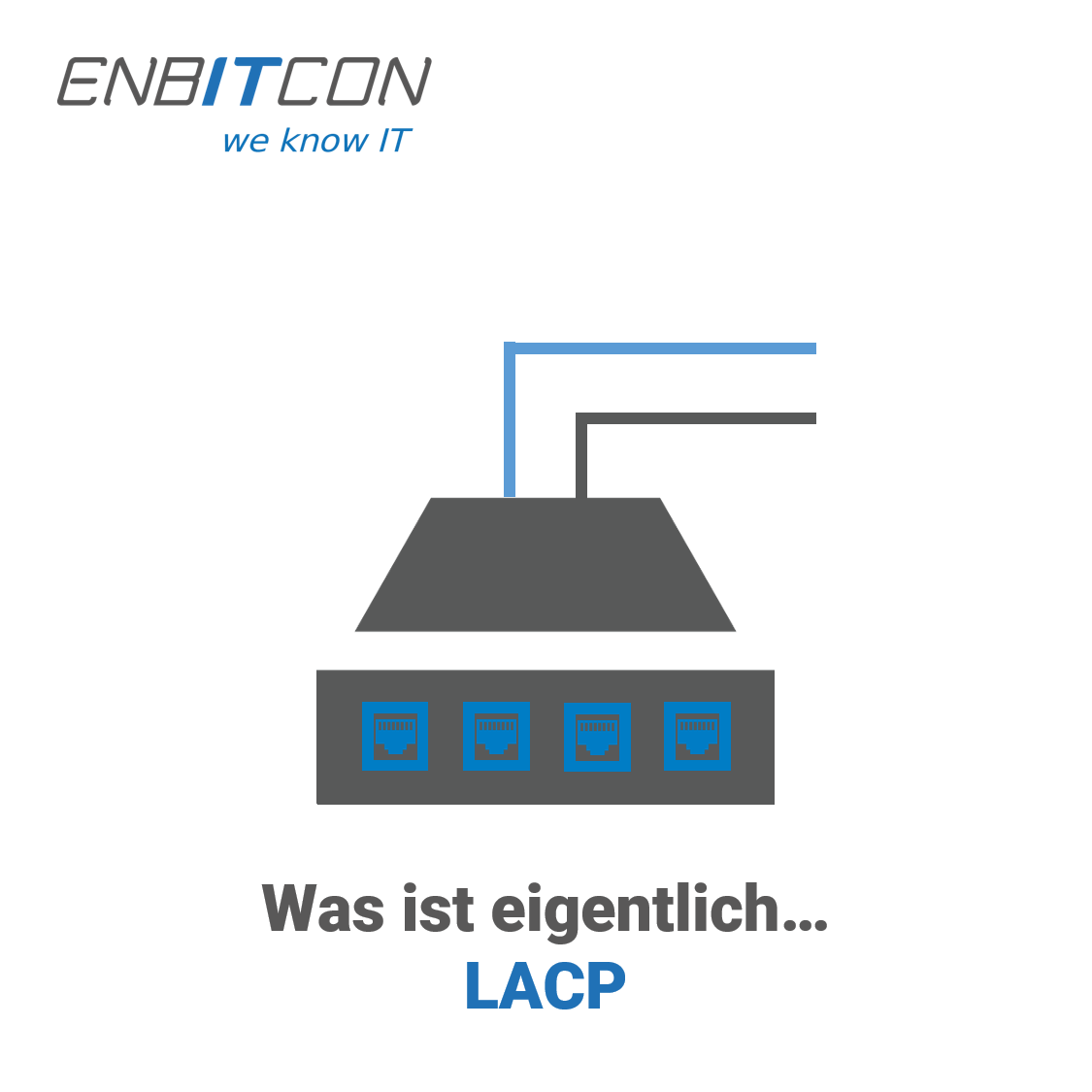
What is actually... LACP?
On our own behalf
The demands on modern company networks are constantly increasing. Data should be transmitted faster and faster, both internally and externally. Speeds that ten years ago were reminiscent of Star Trek are now boring reality. However, at a certain point, the technology used in the network also reaches its limits. Especially with the modern 802.ac Wave 2 access points, which can send up to 1.7 gigabits per second over the 5GHz network, they quickly bring switches with only 1 gigabit ports to their limits.
In such a case, one has two options: First, you could modernise the entire network and use switches with 5 Gigabit ports. As expected, this would be very expensive and the actual cost/benefit factor should definitely be reconsidered. The alternative is a Link Aggregation Group (LAG). This combines two or more ports into one interface. This can be achieved with a static LAG as well as with LACP in a dynamic LAG.
Using a LAG via LACP has many advantages. Provided that the switch already supports the Link Aggregation Control Procotol (LACP), it does not have to be replaced. A second cable from the switch to the access point is sufficient. With the second cable, the throughput of the switch reaches twice one gigabit per second and can thus supply the access point with the best possible speed. If a cable or a network port should fail, the connection would not fail completely, but the throughput would only be halved. The line and the access point would still function. This is a simple way to create redundancy and thus ensure increased reliability of the network.
In addition, LACP can also be used for load distribution. Here, the traffic is distributed in such a way that there are no bottlenecks and interruptions or delays in data transmission can be prevented. It is important that both devices support the LACP protocol. In addition, all ports in the LAG must have the same speed.
LACP is supported by access points from Fortinet, Sophos and Ruckus, for example.

Marcel Zimmer is the Technical Managing Director of EnBITCon. During his time in the German Armed Forces, the trained IT developer was able to gain numerous project experiences. His interest in IT security was significantly awakened by his service in command support. Even after his service, he is an active reservist in the Bundeswehr.
His first firewall was a Sophos UTM 120, which he had to set up for a customer project. Since then, his interest in IT security has grown steadily. In the course of time, various security and infrastructure topics have come into his focus. His most interesting projects included, for example, WLAN coverage in an explosion-proof area, as well as a multi-site WLAN solution for a large